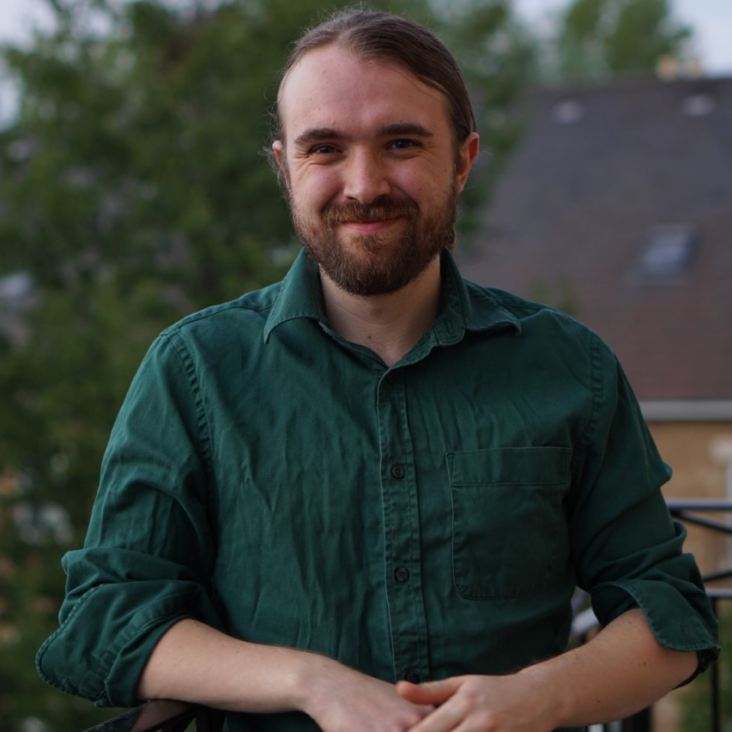A semi-Lagrangian method for detecting and tracking deep convective clouds in geostationary satellite observations
Atmospheric Measurement Techniques Copernicus GmbH 16:4 (2023) 1043-1059
Abstract:
<jats:p>Abstract. Automated methods for the detection and tracking of deep convective clouds in geostationary satellite imagery have a vital role in both the forecasting of severe storms and research into their behaviour. Studying the interactions and feedbacks between multiple deep convective clouds (DCC), however, poses a challenge for existing algorithms due to the necessary compromise between false detection and missed detection errors. We utilise an optical flow method to determine the motion of deep convective clouds in GOES-16 ABI imagery in order to construct a semi-Lagrangian framework for the motion of the cloud field, independently of the detection and tracking of cloud objects. The semi-Lagrangian framework allows severe storms to be simultaneously detected and tracked in both spatial and temporal dimensions. For the purpose of this framework we have developed a novel Lagrangian convolution method and a number of novel implementations of morphological image operations that account for the motion of observed objects. These novel methods allow the accurate extension of computer vision techniques to the temporal domain for moving objects such as DCCs. By combining this framework with existing methods for detecting DCCs (including detection of growing cores through cloud top cooling and detection of anvil clouds using brightness temperature), we show that the novel framework enables reductions in errors due to both false and missed detections compared to any of the individual methods, reducing the need to compromise when compared with existing frameworks. The novel framework enables the continuous tracking of anvil clouds associated with detected deep convection after convective activity has stopped, enabling the study of the entire life cycle of DCCs and their associated anvils. Furthermore, we expect this framework to be applicable to a wide range of cases including the detection and tracking of low-level clouds and other atmospheric phenomena. In addition, this framework may be used to combine observations from multiple sources, including satellite observations, weather radar and reanalysis model data. </jats:p>NightVision: Generating Nighttime Satellite Imagery from Infra-Red Observations
(2020)
The 2020 Climate Informatics Hackathon: Generating Nighttime Satellite Imagery from Infrared Observations
Association for Computing Machinery (ACM) (2020) 134-138
Aerosols enhance cloud lifetime and brightness along the stratus-to-cumulus transition
Proceedings of the National Academy of Sciences National Academy of Sciences 117:30 (2020) 17591-17598
Abstract:
Anthropogenic aerosols are hypothesized to enhance planetary albedo and offset some of the warming due to the buildup of greenhouse gases in Earth’s atmosphere. Aerosols can enhance the coverage, reflectance, and lifetime of warm low-level clouds. However, the relationship between cloud lifetime and aerosol concentration has been challenging to measure from polar orbiting satellites. We estimate two timescales relating to the formation and persistence of low-level clouds over 1○×1○ spatial domains using multiple years of geostationary satellite observations provided by the Clouds and Earth’s Radiant Energy System (CERES) Synoptic (SYN) product. Lagrangian trajectories spanning several days along the classic stratus-to-cumulus transition zone are stratified by aerosol optical depth and meteorology. Clouds forming in relatively polluted trajectories tend to have lighter precipitation rates, longer average lifetime, and higher cloud albedo and cloud fraction compared with unpolluted trajectories. While liquid water path differences are found to be negligible, we find direct evidence of increased planetary albedo primarily through increased drop concentration (Nd) and cloud fraction, with the caveat that the aerosol influence on cloud fraction is positive only for stable atmospheric conditions. While the increase in cloud fraction can be large typically in the beginning of trajectories, the Twomey effect accounts for the bulk (roughly 3/4) of the total aerosol indirect radiative forcing estimate.A semi-Lagrangian perspective of the lifecycle and interactions of deep convective clouds in geostationary satellite observations
Copernicus Publications (2020)


